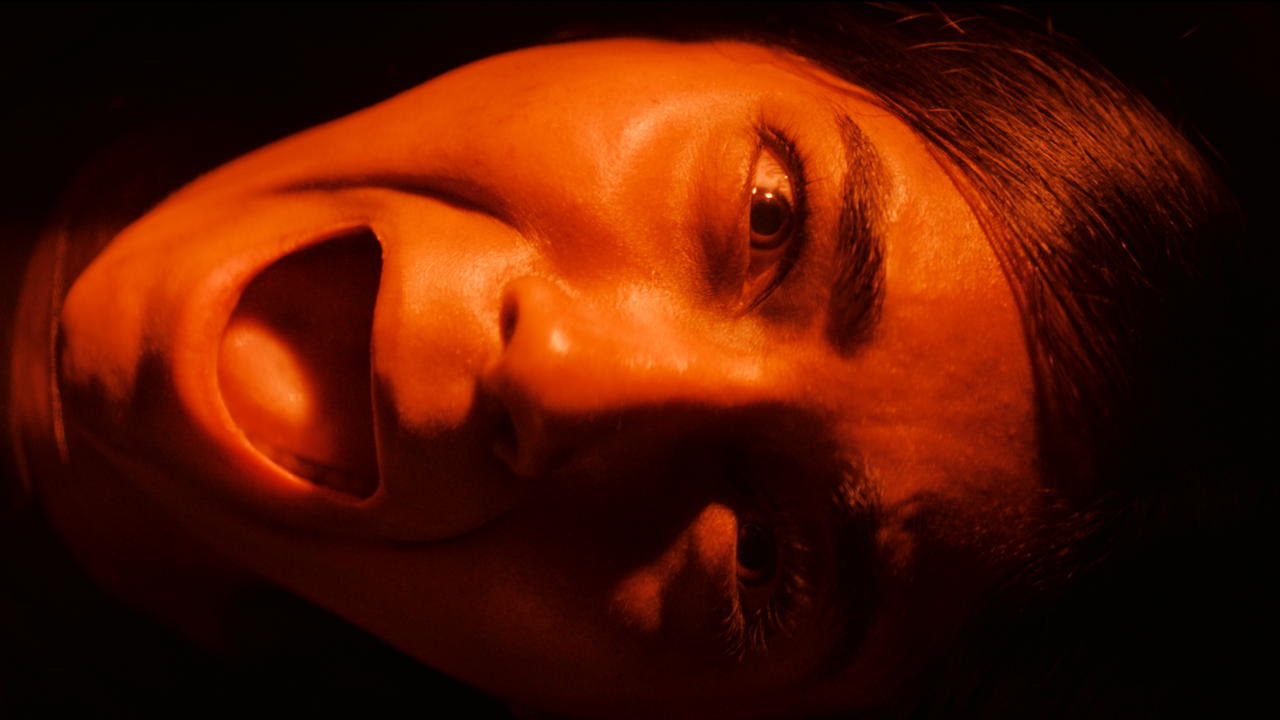
It Lives Inside’s Director Would Love To Revive The Nightmare On Elm Street Franchise, But Knows There’s One Massive ‘Challenge’
Among this Halloween season’s most exciting new releases is It Lives Inside, which is the debut feature film of writer/director Bishal Dutta. The movie tells the scary story of a teen girl who becomes haunted by a flesh-eating demonic spirit named Pishacha (pulled from Hindu and Buddhist mythologies). If you’ve just watched the new horror movie and are processing the ending and what it means, read on. We spoke with Dutta about his intentions with the chilling and open-ended conclusion. SPOILERS are ahead.
The end of It Lives Inside sees Samidha (played by Never Have I Ever Season 4 cast member, Megan Suri) finding her childhood best friend Tamira (Mohana Krishnan) in a basement still alive and coming face to face with Pishacha. The pair fight off the demon by repeating a phrase over and over from the journal they found of its previous victim. But the solution for getting rid of the demon isn’t containing it to a jar this time; it becomes contained inside Samidha’s body.
The final scene has Samidha sitting around a table with her family, Tamira and her teacher (played by Betty Gabriel) one year later. She is fed raw meat to please the demon, but otherwise it looks like the rest is back to normal for her. You know, except for the fact that she is hosting Pishacha inside her.
How It Lives Inside Almost Ended
When CinemaBlend spoke to Bisha Dutta about the It Lives Inside ending, the writer/director shared how he came across the ending. As he shared, at first the movie had a different conclusion. In his words:
Originally, I had a draft of the script that ended in a more traditional way. They trapped it in another jar and it kind of ended in a neat bow on it. But, that never felt satisfying to me. And then when we figured out this ending, that’s when I was like, ‘Oh, it has to end this way.’ This is so right for the movie we’re trying to make for the character arc we’re trying to create.
Dutta nearly went for a more typical ending for It Lives Inside, but opted to have the demon live inside Samidha at the close of the movie to add more intrigue to audiences as they leave the theater. Now let’s talk about how the theatrical ending came about and what it means.
What The Lives Inside Means To Its Writer/Director
The horror movie, which was actually crafted by the producers behind Get Out, has some unexpected influences. Dutta shared:
We were talking, actually, a lot about the ending of The Graduate, which is a great film. And, so different from this one certainly. But it’s that thing of this kind of euphoria of success followed by, okay, now we have to live with this. Now we have to endure this. And I loved ending the movie on that specific shot, and Megan’s performance is one of my favorites in the entire movie in that scene, because there’s been this kind of reckoning with what it is. And she has a community and she has friends and her parents care, but even then, like there is still a moment where she is alone again. And we can only imagine, and I am glad you said open ended [because] I love not necessarily telling you what she’s hearing in her mind. But, we know she’s hearing something, right? I loved ending it on that note because I didn’t want it to be like, too neat of an ending. I wanted to leave the audience on, okay, now we understand what it is specifically that she’s gonna have to live with potentially for the rest of her life.
Dutta also talked about the meaning behind his decision to keep the kill count to a minimum at the end of the film as well. As he continued:
Some of my favorite horror films have no kills at all. Poltergeist has zero kills in it, and I think what was important to me is that of the characters that survived, that Sam would be left with a feeling of ‘I have a community’ and it was important to me, for example, Betty’s character Joyce, it was important to me that it wasn’t just her family. That it felt like she had created this sort of surrogate family almost in the course of the movie. And that she had support from several different angles. And it felt like, if you didn’t end the movie that way, that’s when I felt like the audience would be unsatisfied.
In a lot of ways, It Lives Inside encapsulates the metaphorical demons of being an American immigrant like Samidha who has to strike a balance between her upbringing and her heritage. In the end, Samidha embraces her heritage and has this community around her, but she faces an internal journey within her between who she is and containing the demon. Now that you’ve seen It Lives Inside, check out what other upcoming horror movies are headed our way next, along with our ranking of the best horror movies ever.
